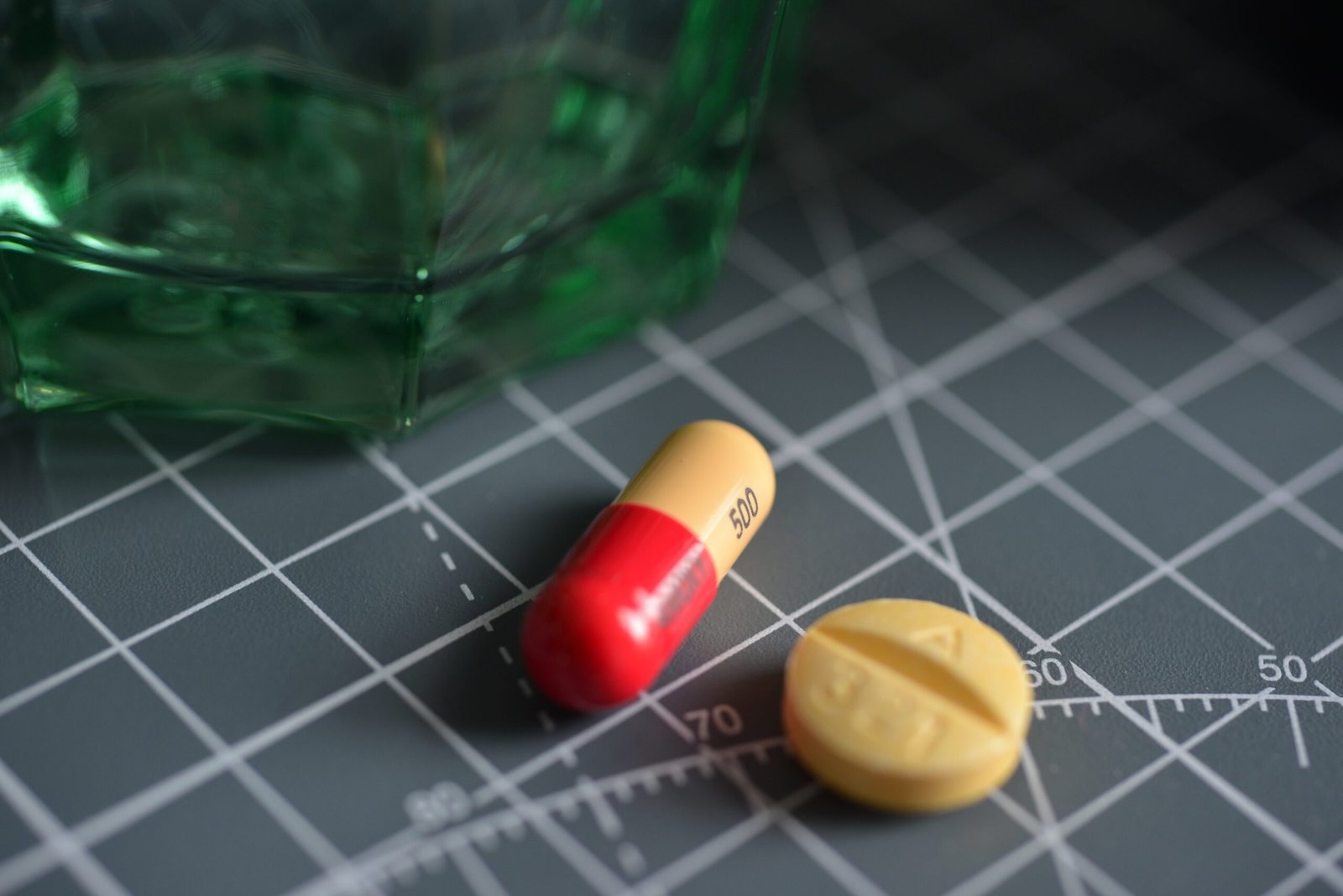HQ Team
October 25, 2024: Researchers at the University of Waterloo have unveiled a nanomedicine that can deliver an entire course of antibiotics in a single, tiny package. This innovative system is designed to release the right amount of medicine that a patient needs. The medication is released only in the presence of bacterial toxins, potentially transforming the landscape of antibiotic therapy.
Two new studies tested this drug-delivery system on two bacterial strains, Streptococcus pneumoniae and Gardnerella vaginalis. Streptococcus causes meningitis, sepsis and bacterial pneumonia, potentially fatal conditions. Gardnerella vaginalis is mainly associated with bacterial vaginosis, causing discomfort and pain.
The innovation allows patients to take the exact amount required to fight the infection while reducing the risk of antibiotic resistance. With the misuse and overuse of antibiotics, bacteria strains develop a tolerance, resulting in antimicrobial resistance (AMR), a global threat.
“Ideally, the patient takes the full course of antibiotics at once, and so patients don’t need to worry about forgetting to take a pill or only taking it with food,” said Dr. Emmanuel Ho, lead researcher and a professor at Waterloo’s School of Pharmacy. “You know the nanomedicine is working when disease symptoms improve.”
Targetted precise dosing
The nanomedicine employs microscopic fatty acid compounds that control the release of antibiotics specifically when they encounter toxins produced by harmful bacteria. This targeted approach contrasts sharply with traditional therapies, which often release drugs continuously, leading to unnecessary exposure and side effects.
Dr. Emmanuel Ho emphasized that this method minimizes the risk of severe side effects associated with excess dosing. Any unused nanomedicine will naturally break down in the body without causing harm, ensuring that patients are not subjected to prolonged exposure to potent drugs
The system is particularly crucial in addressing the growing issue of antimicrobial resistance (AMR), as it promotes responsible use of antibiotics
Future prospects
The University of Waterloo team plans to commercialize this nanomedicine, with potential applications extending beyond healthcare. Current tests are exploring its use in food packaging to enhance shelf life and reduce food waste, a pressing global issue highlighted by the United Nations, which reported one billion tonnes of food wasted in 2022
Dr. Ho expressed optimism about the technology’s future, stating, “Our technology is far-reaching, and this is just the beginning.” As research continues, this nanomedicine could pave the way for more effective treatments across various medical fields while addressing critical issues like AMR and food preservation.
The two studies appear in Nanotechnology, and Drug Delivery and Translational Research.








